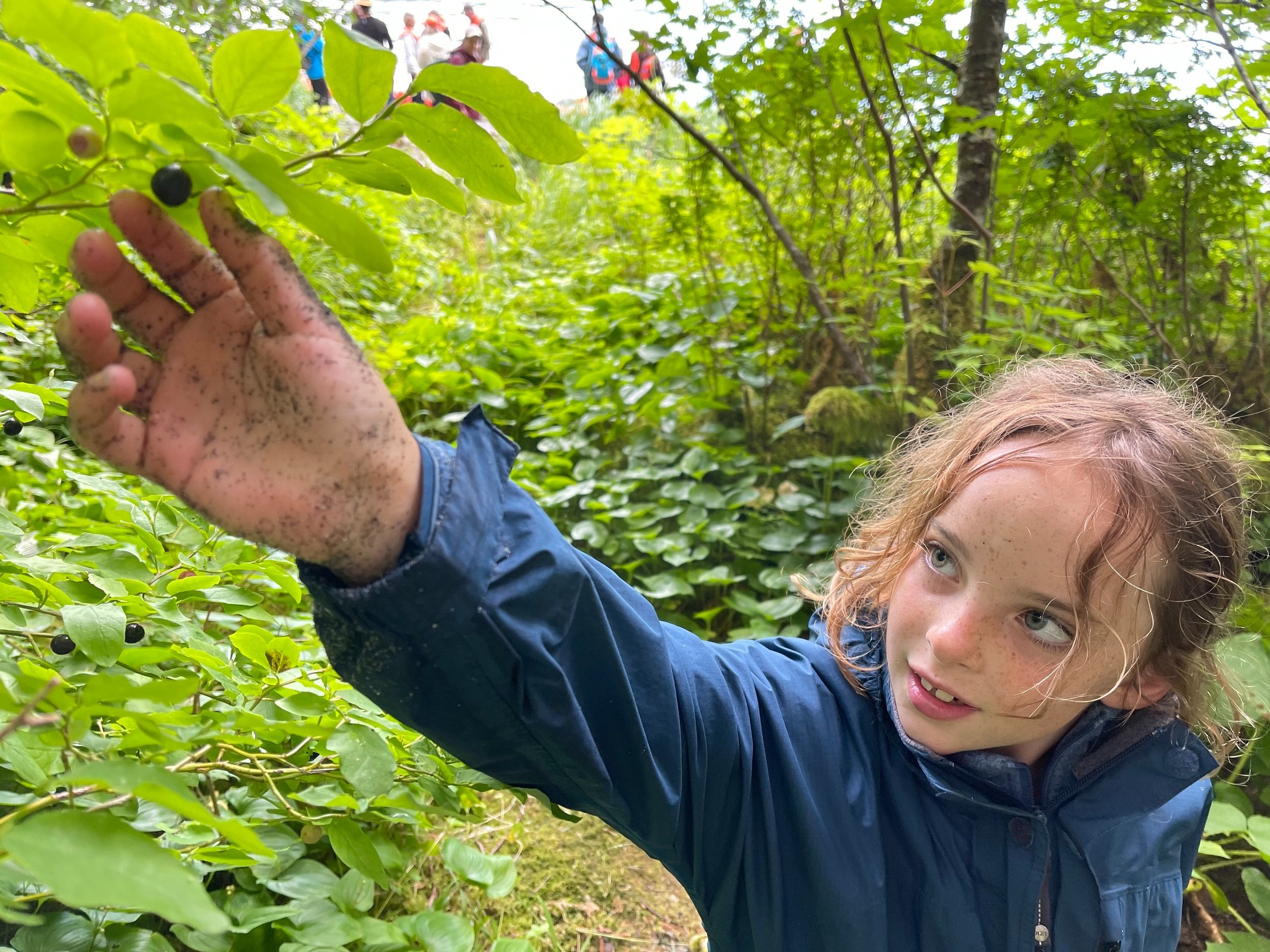Originally published in the Climate Psychology Alliance-North America blog

By Jenni Silverstein, LCSW, Santa Rosa, California
My new “office” is a garden hidden behind a berm at a therapeutic farm. The farm rescues animals and brings children from foster and group homes to tend them. Each creature comes with its own story of being saved from neglect – the donkey found tethered and abandoned at a suburban strip mall, or taken in injured – the pig who lost his ears in a dog attack, now aptly named Van Gogh. They are all well-loved and well taken care of, and the narrative thread of their healing permeates the landscape. Children learn to regulate their bodies with the rhythmic movement of caretaking tasks, and they develop empathy as they respond to the cues of the animals they nurture.
“Children arrive here with an innate capacity for intimacy with the life-force in all of its manifestations… My intention is to capture that capacity while it is still blooming, validate it, and support it to thrive.”
My own clients are mostly young children in foster and adoptive care, and I work closely with their parents to ease the impact of early trauma and attachment disruptions on their budding capacity to relate with self, world and planet. When they see me on the farm, they love to visit the animals and to hear the stories of their rescue and care. The animals offer abundant opportunity to invoke and externalize themes of safety, connection and boundaries for the children to explore.
My favorite work, however, is with the plants. I spend my days in a sensory garden, with beds full of mints, aloe and geraniums, designed to engage each of the five basic senses. It is also home to a half dozen rose bushes, rosemary that is constantly alight with bees, and two oak trees that dance with titmice and hummingbirds. It is the perfect venue for teaching mindful regulation. Plant energy has always been my primary resource for self-regulation and spiritual connection, and I am relishing the opportunity to share this relationship with the children.
We watch baby plants sprout from bulbs and seeds. I point out the changes to the flowers with each week, and soon the children point to them before I do. I encourage each child to pick a favorite plant and practice breathing deeply while observing it, noticing and naming all of its endearing qualities. We create a lot of nature crafts, and we never pick from a plant without asking permission first. And we always say thank you afterwards.
Young children are naturals at developing this type of reciprocal relationship with plants. They arrive here with an innate capacity for intimacy with the life-force in all of its manifestations. Our culture calls this imagination and whittles it out of them as they age. My intention is to capture that capacity while it is still blooming, validate it, and support it to thrive.
It took me years of my adult life to first trust in, and then develop, the deep and powerful relationship I now have with plants and trees. It seems so natural now, given the reciprocal exchange of our breath with theirs. Given the composting of our waste into the nutrients with which they feed themselves and then us. They are always available for connection, for the exchange of love and gratitude, once we can be still enough to notice.
Having grown up embracing these interactions, my daughter is resourced by her relationship with plant life with an ease and grace I strive to emulate. She climbs trees every chance she gets. As she balances and explores, she talks to them, tells them stories and sings to them. Sometimes, the songs are odes to their magnificence. Other times they are stories of her own sorrows. When she feels overwhelmed by emotions that she cannot contain, she goes outside and hugs the nearest tree until she is calm.
Providing therapy on the farm has granted me the opportunity to offer other children the same resource. While some of them tend more naturally towards this connection than others, I believe that all of them can benefit from the opportunity to slow down and bring mindful attention to the plant life surrounding them in each moment.
Exchanging love with plants and trees
This meditation is best done while hugging a tree, so you can feel the trunk against your chest. However, it can be done from a distance as well, while walking your favorite forest. Or, while sitting and observing a favorite flower.
- Slow your breathing to your comfort level, breathe into your belly, allow your exhale to be longer than your inhale
- Bring your attention to your heart, feel your love and gratitude for the living beings around you
- As you exhale, imagine you are sending gratitude to the plant
- As you inhale, imagine you are receiving love from the plant in return
- Imagine your heart wide open and picture the flow of these energies
- Continue for at least 3 breaths, or as long as you would like

Leave a Reply